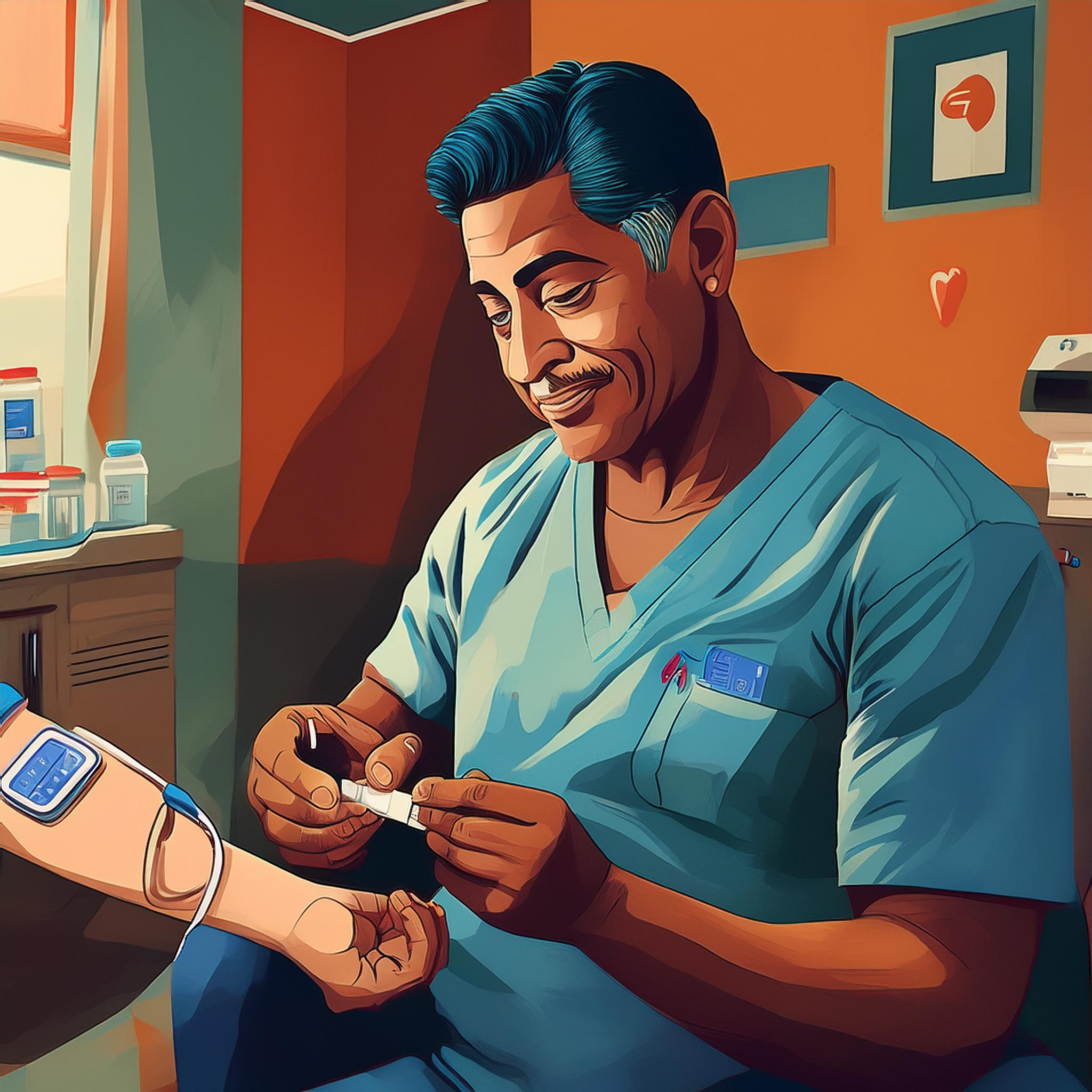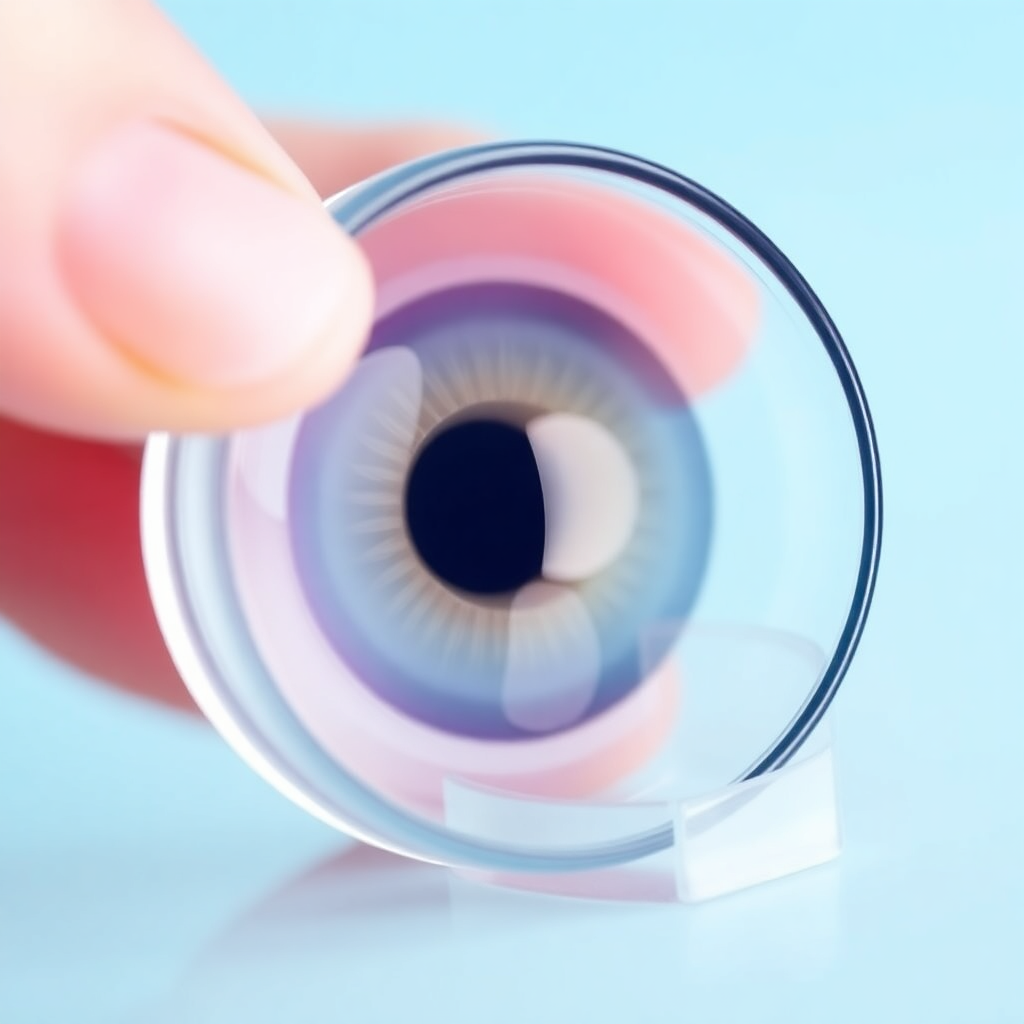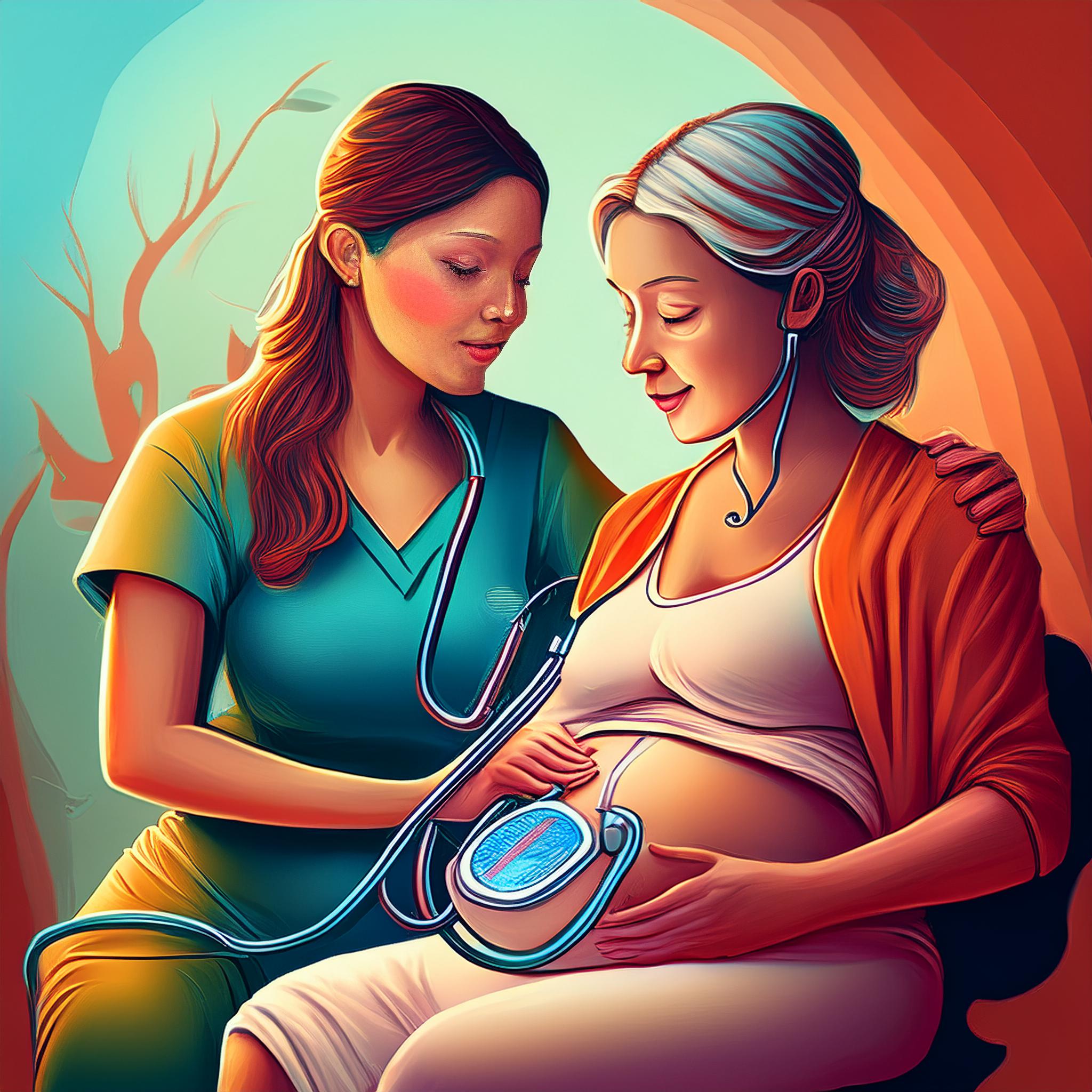Screening Test penderita Malaria Dengan Gold Standar Uji Laboratorium Untuk Validasi Kasus Malaria Positif Di Wilayah Puskesmas Lewoleba Dan Puskesmas Waipukang Kabupaten Lembata, Propinsi Nusa Tenggara Timur Tahun 2016
Downloads
Lewoleba Public Health Center and Waipukang Public Health Center are included in several Public Health Centers in Lembata District which show the high rates of malaria based on microscopic diagnosis methods. To see if there is a decrease in malaria cases, it is necessary to do a positive rate slide check to calculate the number of malaria positive patients. In order for the results of the examination to be truly valid, effective and efficient, it is carried out by a screening method to obtain True Positive and True Negative numbers, so that the results can be used as a database at the Public Health Center. This study aims to get a real picture of positive malaria cases after treatment, eradication and prevention efforts carried out by the government and donor sector. This type of research is a study of Analytical Epidemiology with screening methods and using a cross-sectional study design. Screening results of malaria sufferers in the Lewoleba Public Health Center with a sample of 600 people: True positive = 29 people, True negative = 555 people, Sensitivity (Sens) = 82.85%, Specificity = 98.20%, prevalence = 6, 51%. Screening results of malaria sufferers in Waipukang Public Health Center with a sample of 574 people: True positive = 537 people, True negative = 10 people, Sensitivity (Sens) = 95.8%, Specificity = 71.4%, prevalence = 94, 25%. The number of positive malaria cases in the Lewoleba Public Health Center work area was 29 people, while the positive malaria case in the Waipukang Public Health Center work area was 537 people.
Badan Penelitian dan Pengembangan Kesehatan Kementerian Kesehatan Republik Indonesia. (2010) Laporan Hasil Riset Kesehatan Dasar (RISKESDAS) Nasional 2010. Kemenkes RI, Jakarta.
Beaglehole, R., dkk., (1997) Dasar-dasar Epidemiologi. Gadjah Mada University Press, Yogyakarta.
Depkes RI. (2008) Pedoman Penatalaksanaan Kasus Malaria di Indonesia. Ditjen PP & PL Depkes RI, Jakarta.
Dinas Kesehatan Propinsi NTT. (2014) Profil Dinas Kesehatan Provinsi Nusa Tenggara Timur, Kupang.
Kemenkes RI. (2013) Buku Saku Menuju Eliminasi Malaria. Dirjen P2PM.Kemenkes RI, Jakarta.
Kristina, R.H., Rogaleli, Y., Sadukh, J.P. (2011) Studi Fauna Nyamuk Anopheles sp. Pada Daerah Persawahan di Kelurahan Oesao, Kecamatan Kupang Timur, Kabupaten Kupang, Propinsi NTT Tahun 2011, Prosiding Kongres Nasional dan Seminar Internasional, Epidemiologi Sosial dalam Mendukung Pelayanan Kesehatan Primer. Fakultas Kedokteran Universitas Sebelas Maret, Surakarta.
Reid., J.A. (1968) Anopheline Mosquito of Malaya and Borneo, Studies Institute For Medical Research Malaysia. Kuala Lumpur, Malaysia.
Rozendaal, J.A. (1997) Vector Control; Methods for use by individuals and communities. World Health Organization (WHO), Geneva.
Soedarto. (2011) Malaria. Sagung Seto, Jakarta.
Timmreck, T.C. (2001) Epidemiologi, Suatu Pengantar, Edisi 2. EGC, Jakarta.
Unicef Kupang. (2012) Malaria, Imunisasi, dan KIA Terpadu. Kairos, Kupang
Unicef (2009) Lembar Fakta Malaria, Unite for Children www.unicef.org/indonesia disitasi: 30 September 2014.
Warrel, D.A. & Gilles, H.M. (2002) Essential Malariology, Fourth Edition. Arnold Publisher, London.
World Health Organization (2010) World Malaria Report 2009. Geneva, Switzerland
Copyright notice
Ownership of copyright
The copyright in this website and the material on this website (including without limitation the text, computer code, artwork, photographs, images, music, audio material, video material and audio-visual material on this website) is owned by JURNAL INFO KESEHATAN and its licensors.
Copyright license
JURNAL INFO KESEHATAN grants to you a worldwide non-exclusive royalty-free revocable license to:
- view this website and the material on this website on a computer or mobile device via a web browser;
- copy and store this website and the material on this website in your web browser cache memory; and
- print pages from this website for your use.
- All articles published by JURNAL INFO KESEHATAN are licensed under the Creative Commons Attribution 4.0 International License. This permits anyone to copy, redistribute, remix, transmit and adapt the work provided the original work and source is appropriately cited.
JURNAL INFO KESEHATAN does not grant you any other rights in relation to this website or the material on this website. In other words, all other rights are reserved.
For the avoidance of doubt, you must not adapt, edit, change, transform, publish, republish, distribute, redistribute, broadcast, rebroadcast or show or play in public this website or the material on this website (in any form or media) without appropriately and conspicuously citing the original work and source or JURNAL INFO KESEHATAN prior written permission.
Permissions
You may request permission to use the copyright materials on this website by writing to jurnalinfokesehatan@gmail.com.
Enforcement of copyright
JURNAL INFO KESEHATAN takes the protection of its copyright very seriously.
If JURNAL INFO KESEHATAN discovers that you have used its copyright materials in contravention of the license above, JURNAL INFO KESEHATAN may bring legal proceedings against you seeking monetary damages and an injunction to stop you using those materials. You could also be ordered to pay legal costs.
If you become aware of any use of JURNAL INFO KESEHATAN copyright materials that contravenes or may contravene the license above, please report this by email to jurnalinfokesehatan@gmail.com
Infringing material
If you become aware of any material on the website that you believe infringes your or any other person's copyright, please report this by email to jurnalinfokesehatan@gmail.com.





























